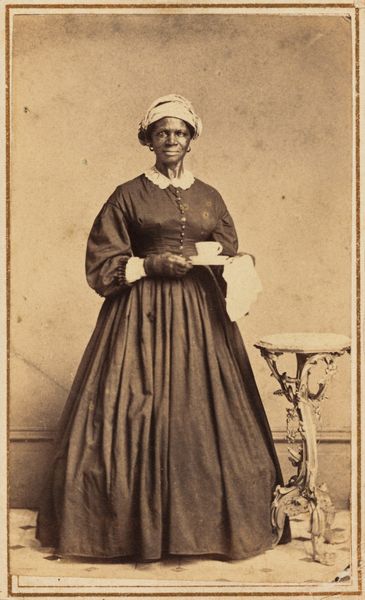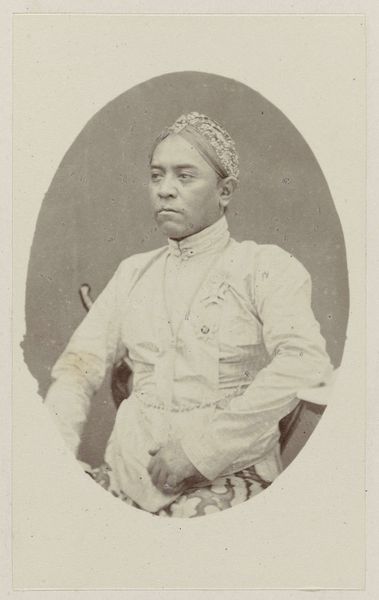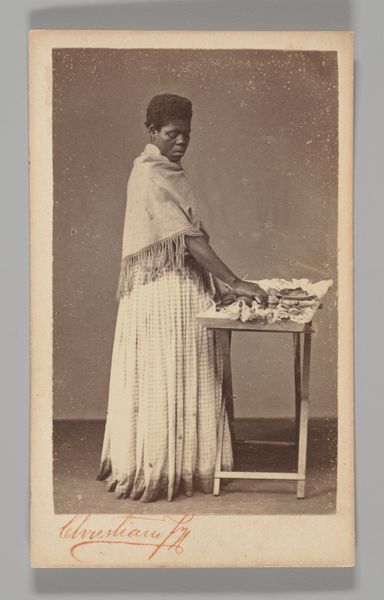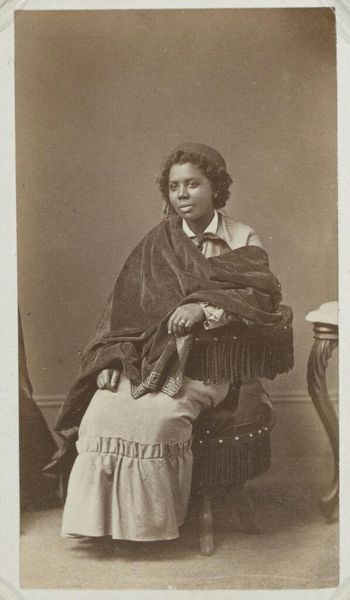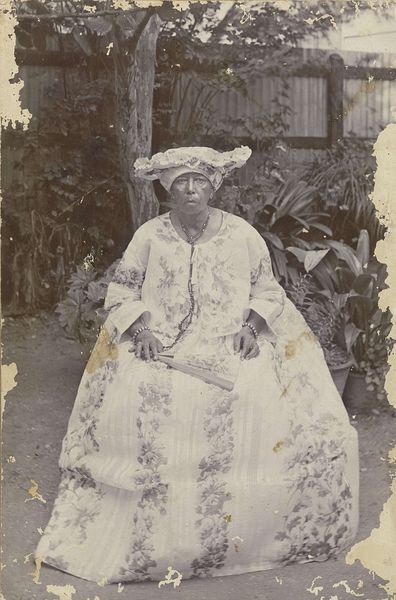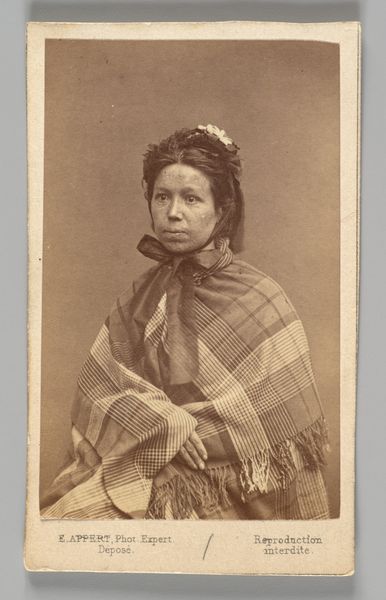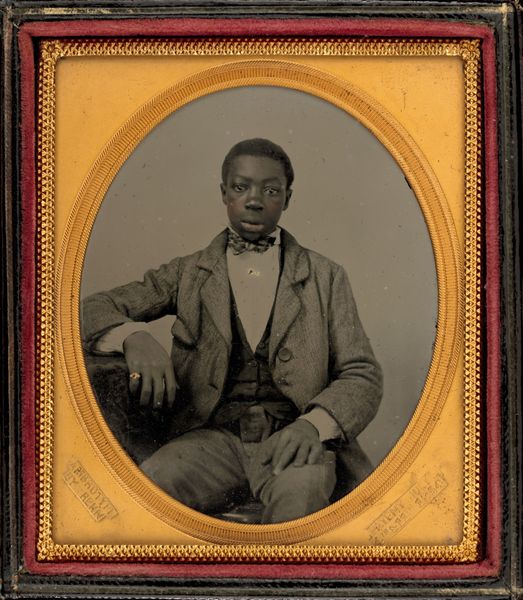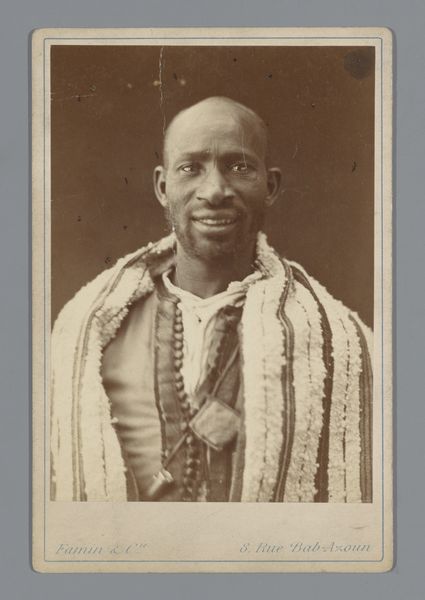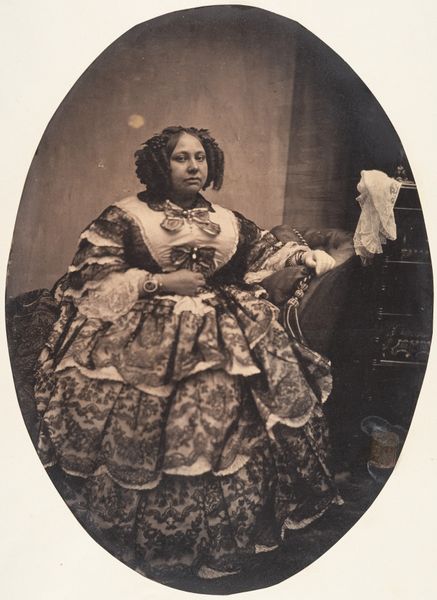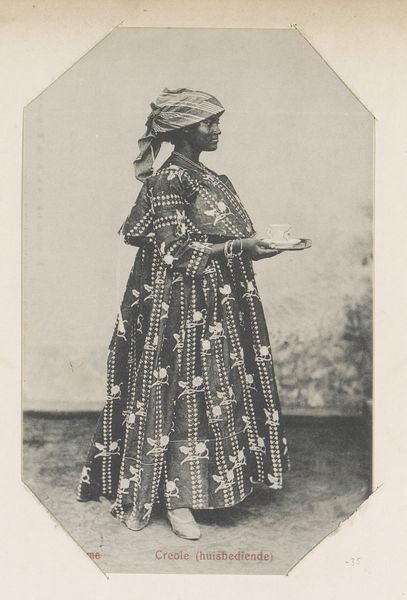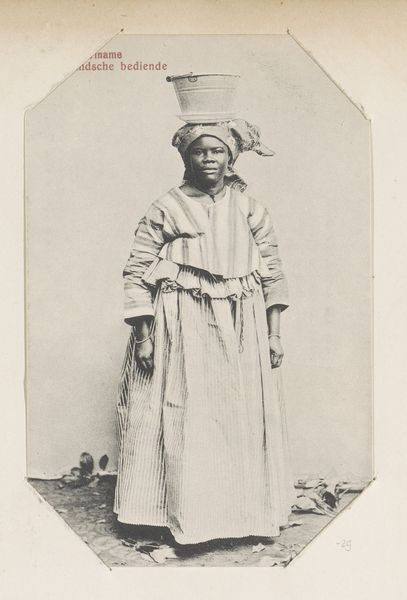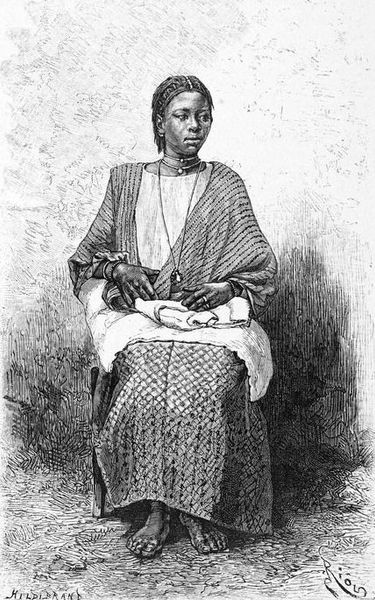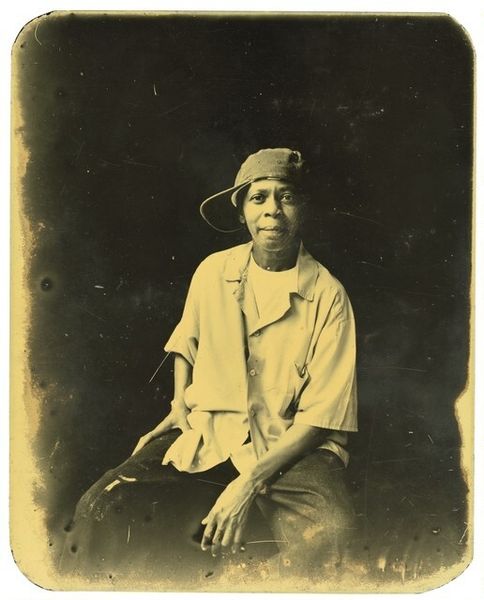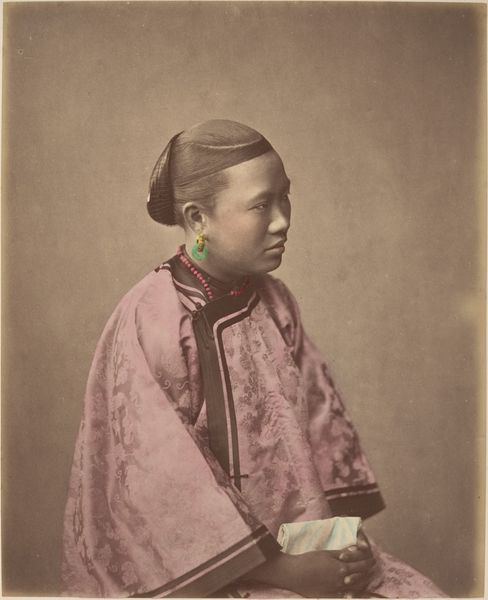
Untitled ("I Sell the Shadow to Support the Substance") 1864 - 1865
0:00
0:00
photography
#
portrait
#
african-art
#
16_19th-century
#
photography
#
historical photography
#
united-states
#
realism
Dimensions: 8.8 × 5.6 cm (image/paper); 10 × 6.2 cm (mount)
Copyright: Public Domain
Curator: Here we see Sojourner Truth in a photograph she titled "I Sell the Shadow to Support the Substance," taken between 1864 and 1865. Editor: My first impression is one of profound dignity, there’s an undeniable sense of strength in her posture. The soft sepia tones create an intimate and compelling visual. Curator: Absolutely. This piece exists as both a portrait and a powerful commentary on the means of artistic production. Truth shrewdly sold these cartes-de-visite to fund her activism. Editor: Exactly, situating this work within the context of abolitionism and early feminist movements highlights her remarkable ability to leverage her image to promote larger sociopolitical goals. Curator: I’m drawn to the materiality of it – the photographic paper, the chemicals used in developing the image, these were all part of the larger industrial landscape of the mid-19th century. The fact that photography was democratizing portraiture is key here, too. Editor: Yes, but it's even more compelling when we look at the narrative she constructs. Consider her choice of attire, simple yet refined. She is both performing and defying the limited roles assigned to Black women at the time. Curator: I also wonder about the repetitive labor involved, her signature printed alongside a photograph she sells... What sort of a toll did that take? And where did she even source her materials in the 1860s, given the fraught racial and political landscape? Editor: It certainly humanizes her struggles, especially given the complexities around representations of Black bodies. And in claiming ownership of her image, she also resisted the commodification inherent in slavery and objectification. Curator: It's a poignant demonstration of the complex relationship between art, labor, and the marketplace. A Black woman used emerging photographic technology as a tool for self-representation, political organizing and self-sufficiency. Editor: By selling her “shadow”, Truth actively supported her cause, shaping the substance of a more just future, one photograph at a time. Curator: It leaves me thinking about all the layers of material and social processes embedded in this seemingly simple image. Editor: Indeed, this photograph serves as a vital testament to Truth's enduring legacy and a powerful reminder of the intersectional fight for justice.
Comments
No comments
Be the first to comment and join the conversation on the ultimate creative platform.
